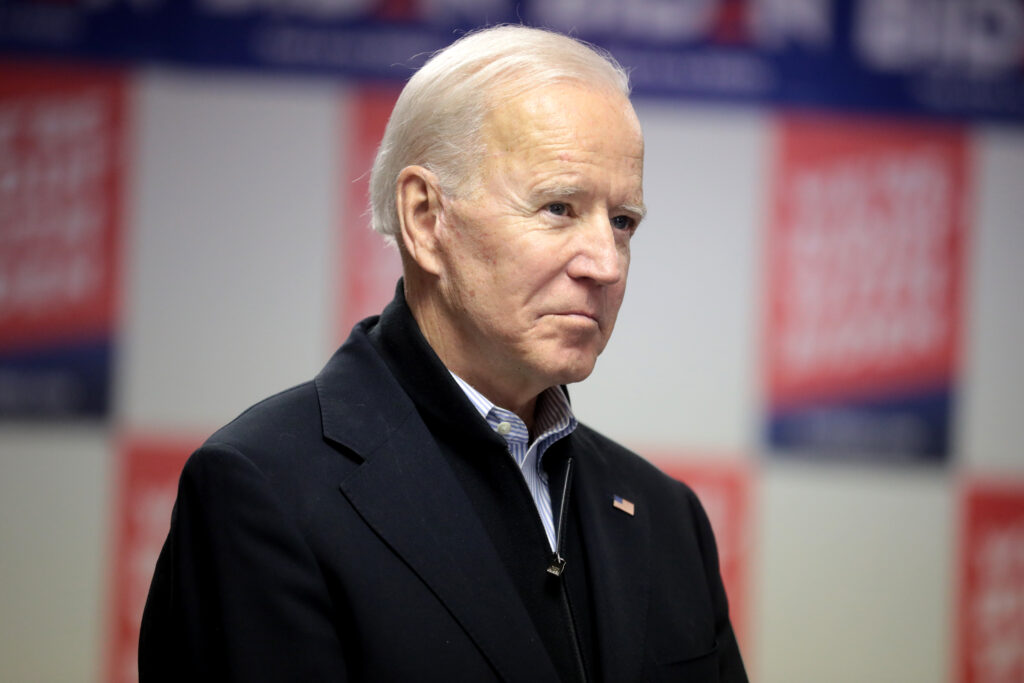One of the lesser-known factors contributing to the rapid increase in the cost of health care is the shrinking number of primary care physicians (PCPs) available relative to the size of the population. Like most states, Montana faces a severe primary care shortage: The Robert Graham Center has estimated to maintain current rates of primary care utilization, Montana will need “an additional 197 primary care physicians by 2030, a 28% increase of the state’s current (as of 2010) 686 practicing PCPs.”
Current primary care doctors face myriad regulations and a reimbursement system that is slow and costly, creating overhead that can eat up to 60 percent of a typical primary care practice’s revenue. For this reason, many new doctors have chosen to avoid primary care altogether, a phenomenon that has helped to create a shortage of family doctors across the United States. Direct primary care (DPC), also known as “retainer medicine,” is one health care provider model that has become increasingly popular for doctors and patients alike and could serve to revitalize the U.S. primary care system.
Under a direct primary care program, patients pay a monthly membership fee, typically ranging from around $50 to $80. As part of the membership, patients receive a more generous allocation of appointments than they would under most traditional plans, even when taking into account some same-day appointments and house calls. The guarantee of a set monthly fee removes the layers of regulation and bureaucracy created by the traditional insurance system and allows physicians to see fewer patients and focus more on each patient.
Montana lawmakers will soon consider a proposal to exempt direct primary care practices from insurance regulations. Several states now define direct primary care providers as “risk-bearing entities” when providing care in exchange for a monthly fee, which places these doctors under the same regulatory and licensing system as insurers. Dr. Philip Eskew, founder of DPC Frontier and a practicing attorney, wrote in his blog that current laws in Montana deter physicians from opening DPC practices. “The entire point of DPC legislation should be to appropriately define DPC so that physicians willing to practice under the terms of the legislation are protected without any doubt from the insurance commissioner,” Eskew wrote.
Fourteen states define direct primary agreements as a non-insurance product under state law. This frees doctors and patients from many expensive regulations imposed under the state’s insurance code. It would also help open up the state’s health care market to more DPC programs and improve health care freedom across Montana.
In one 2012 study published in the American Journal of Managed Care, urgent and avoidable hospital admissions were found to be lower among DPC patients. The study concluded, “We believe that the [DPC] personalized preventive care model of smaller practices allows the physician to take a more proactive, rather than reactive approach … This increased physician interaction has resulted in lower hospital utilization and ultimately lower healthcare costs.”
Routine tests and procedures are also included in most DPC plans, and lower membership fees are often charged for programs that do not provide these additional services. According to the Docs4Patient Care Foundation, under a DPC model, medical practice overhead can be reduced by as much as 40 percent. Proponents of DPC programs agree these services are best used in conjunction with a high-deductible health care insurance plan or another form of catastrophic coverage to handle in-patient health care services. The American Academy of Family Physicians has endorsed the DPC model.
Direct primary care empowers patients and doctors, giving them more freedom to establish and participate in health care provider models that work best for all patients. Montana should remove unnecessary regulatory barriers to direct primary care to help revitalize the state’s primary health care system.
The following documents examine direct primary care in greater detail.
In Defense of Direct Primary Care
http://www.aafp.org/fpm/2016/0900/p12.pdf
Dr. Phil Eskew, founder of DPC Frontier, examines the most common misconceptions about the direct primary care model in this article from Family Practice Management.
Montana Lawmakers Prepare Direct Primary Care Bill
https://heartland.org/news-opinion/news/montana-lawmakers-prepare-direct-primary-care-bill
Bill Corvo writes in Health Care News about the renewed effort by Montana legislators to exempt direct primary care providers from insurance regulations. “Montana lawmakers will introduce legislation in 2017 to exempt direct primary care (DPC) practices from insurance regulations, having rewritten a DPC bill vetoed by Gov. Steve Bullock (R) in 2015,” wrote Corvo.
Direct Primary Care: An Innovative Alternative to Conventional Health Insurance
https://heartland.org/publications-resources/publications/direct-primary-care-an-innovative-alternative-to-conventional-health-insurance?source=policybot
Insurance-based primary care has grown increasingly complex, inefficient, and restrictive, driving frustrated physicians and patients to seek alternatives. Direct primary care is a rapidly growing form of health care which alleviates such frustrations and offers increased access and improved care at an affordable cost. State and federal policymakers can improve access to direct primary care by removing prohibitive laws and enacting laws encouraging this innovative model to flourish. As restrictions are lifted and awareness expands, direct primary care will likely continue to proliferate as a valuable and viable component of the health care system.
Restoring the Doctor-Patient Relationship: How Entrepreneurship Is Revolutionizing Health Care in Maine
https://heartland.org/publications-resources/publications/restoring-the-doctor-patient-relationship-how-entrepreneurship-is-revolutionizing-health-care-in-maine
This report by Liam Sigaud of the Maine Heritage Policy Center analyzes the current direct primary care (DPC) landscape in Maine, evaluates how DPC is benefiting patients, highlights some of the challenges DPC practices face, and offers policy recommendations to promote this type of practice in the future.
Direct Primary Care Protection Bill Offered in Georgia
https://heartland.org/news-opinion/news/direct-primary-care-protection-bill-offered-in-georgia?source=policybot
Ben Johnson writes in Health Care News about a bill in Georgia that would offer primary care providers the protection they need to effectively use a direct primary care model, thereby providing lower-cost care for patients.
Beacon Explains: Direct Primary Care
https://www.beacontn.org/beacon-explains-direct-primary-care/
Justin Owen of the Beacon Center of Tennessee examines direct primary care and how it could break down the current inefficient third-party payment system, which, according to much research, dramatically increases the cost of providing health care services.
Where Obamacare Leaves Questions, Direct Primary Care May Offer Answers
https://heartland.org/publications-resources/publications/where-obamacare-leaves-questions-direct-primary-care-may-offer-answers?source=policybot
Proponents of the Affordable Care Act (ACA) set out to remake American health care with the law’s passage in 2010, but in many respects the ACA didn’t change the health care paradigm at all; it simply doubled-down on a broken, decades-old status quo making health “coverage” a national priority, rather than focusing on limiting health care costs and enhancing health care access. Patrick Ishmael of the Show-Me Institute explores in this essay a promising medical practice model, direct primary care, which he says could deliver on the promises made by proponents of the ACA to lower costs and improve access to quality health care.
Direct Primary Care: Practice Distribution and Cost Across the Nation
https://heartland.org/publications-resources/publications/direct-primary-care-practice-distribution-and-cost-across-the-nation?source=policybot
Philip M. Eskew and Kathleen Klink describe the direct primary care (DPC) model; identify DPC practices across the United States; distinguish it from other practice arrangements, such as the “concierge” practice; and evaluate data compiled from existing DPC practices across the United States to determine the cost advantages associated with this model. Eskew and Klink confirmed DPC practices’ lower price points and broad distribution, but data about quality are lacking.
Direct Primary Care: A Legal and Regulatory Review of an Emerging Practice Model
https://heartland.org/publications-resources/publications/direct-primary-care-a-legal-and-regulatory-review-of-an-emerging-practice-model?source=policybot
Philip M. Eskew examines concerns related to the “business of insurance” (BOI) encountered by DPC physicians. He analyzes recommended contractual provisions used to minimize BOI risk; compares state laws written chiefly to address risks related to BOI; considers the DPC provisions in the Affordable Care Act; and briefly considers the tax and scope-of-practice policy implications of the DPC model.
Direct Primary Care: Restoring The Doctor-Patient Relationship
http://www.forbes.com/sites/katherinerestrepo/2015/10/23/direct-primary-care-restoring-the-doctor-patient-relationship/
Katherine Restrepo writes about direct primary care and how it could lower costs and improve the relationship between doctors and patients in this article in Forbes. “The beauty of practices like Doctor Direct is the traditional doctor-patient relationship is restored. By cutting 40 percent of overhead which is normally spent on getting paid by insurance companies, primary care providers can devote hour-long appointments to their patients and deliver care at a fraction of the cost.”
Nothing in this Research & Commentary is intended to influence the passage of legislation, and it does not necessarily represent the views of The Heartland Institute. For further information on this subject, visit Health Care News, The Heartland Institute’s website, and PolicyBot, Heartland’s free online research database.
If you have any questions about this issue or The Heartland Institute’s website, contact John Nothdurft, The Heartland Institute’s government relations director, at [email protected] or 312/377-4000.




